Tires are the most important part of a car because it is the only component that has direct contact with the road. They are responsible for the handling, steering, comfort, traction, and braking of a vehicle and are crucial in the event of an emergency.
In this article, we list some basic knowledge about car tires that you should know about, including tips on how to prolong the lifespan of your tires.
Understanding tire specs
What do the numbers and letters on the side of a tire mean?
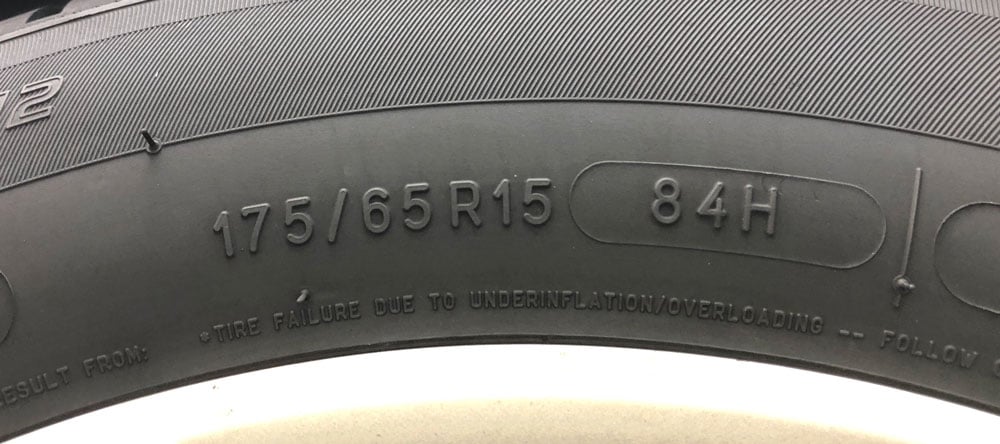
175/65 R15 (84 H)

Speed rating chart

*At the time when Z-speed tire ratings were established, it was used to label speeds in excess of 240 km/h. However, as cars were able to achieve faster speeds, the W and Y ratings were introduced.
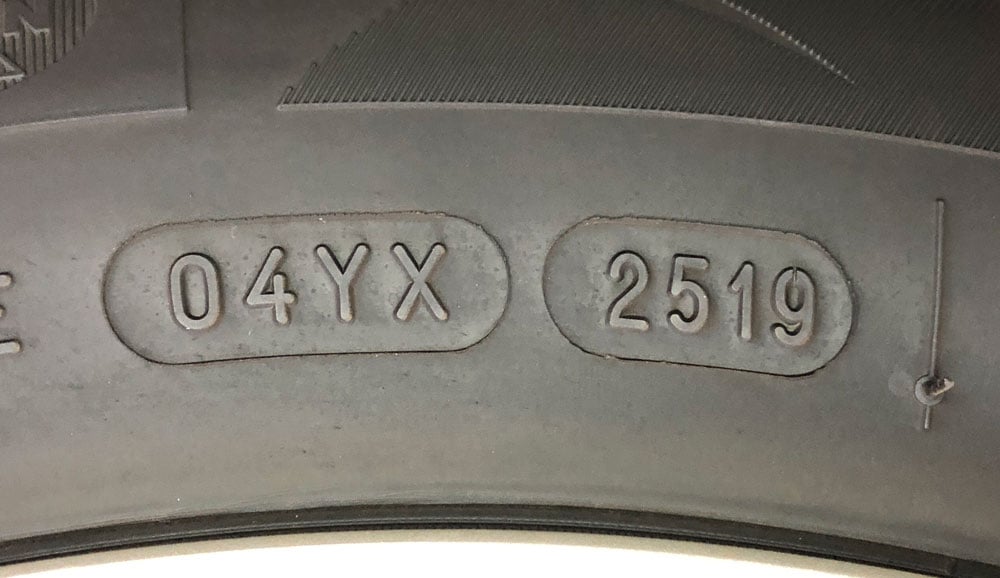
2519

Keeping tires inflated properly
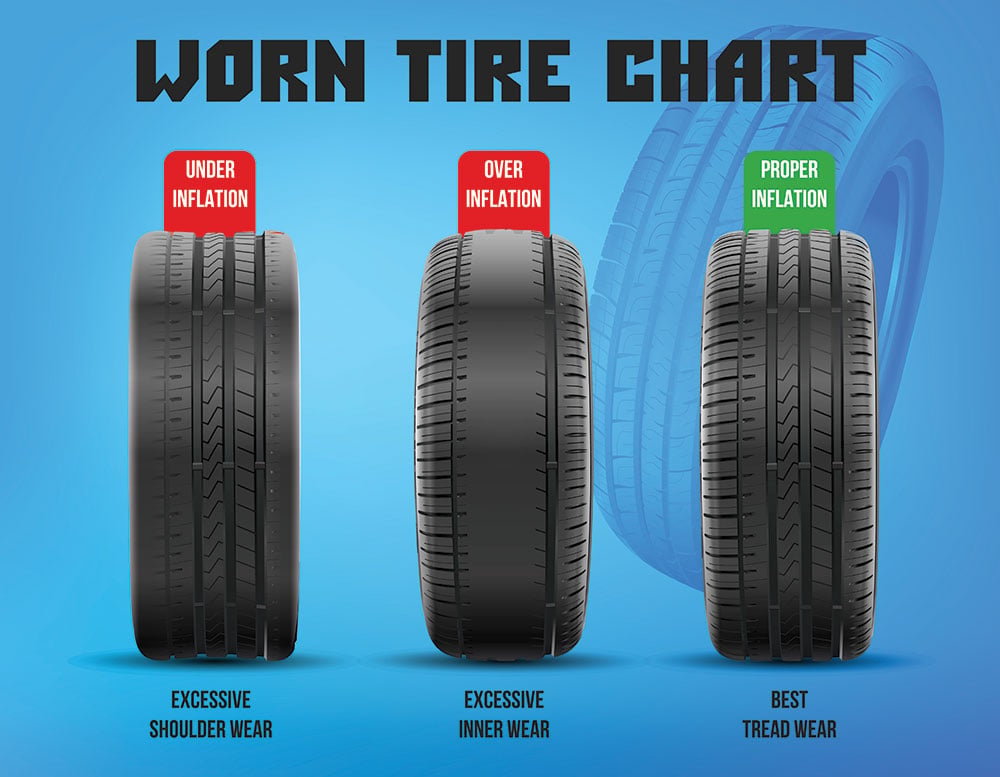
An underinflated or overinflated tire will determine its wear over time. If you realize that the outer edges of your tire are more worn than the center, it means that your tire has been running frequently underinflated. A tire that is underinflated won’t absorb bumps well and could cause the front to go out of alignment or damage the suspension.
Overinflation happens in the opposite, where your tire is more worn on the inner part than the outer edges. The cause for this is that the tire will bulge vertically, causing only the center portion to be in contact with the road.
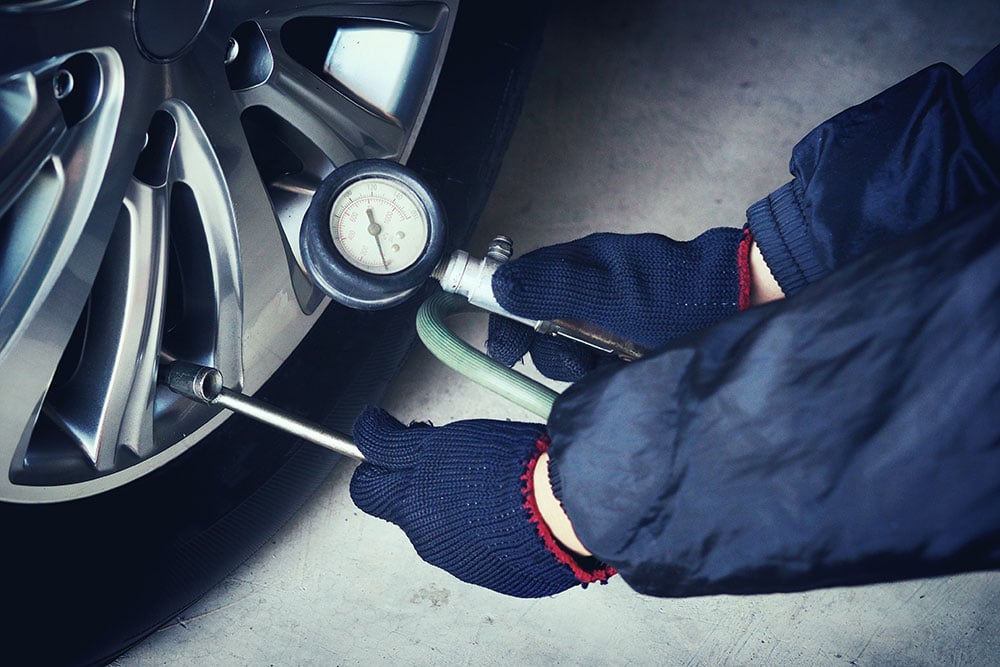
To prevent either of these from happening, it is important to fill your tires with the accurate pressure at least once a fortnight. This information can usually be found in your vehicle owner’s manual or on the tire information sticker on the driver’s side door. You can find information about your tire size, specifications, as well as the appropriate pressure for all tires including the spare in the trunk.
Extending the life of your tires
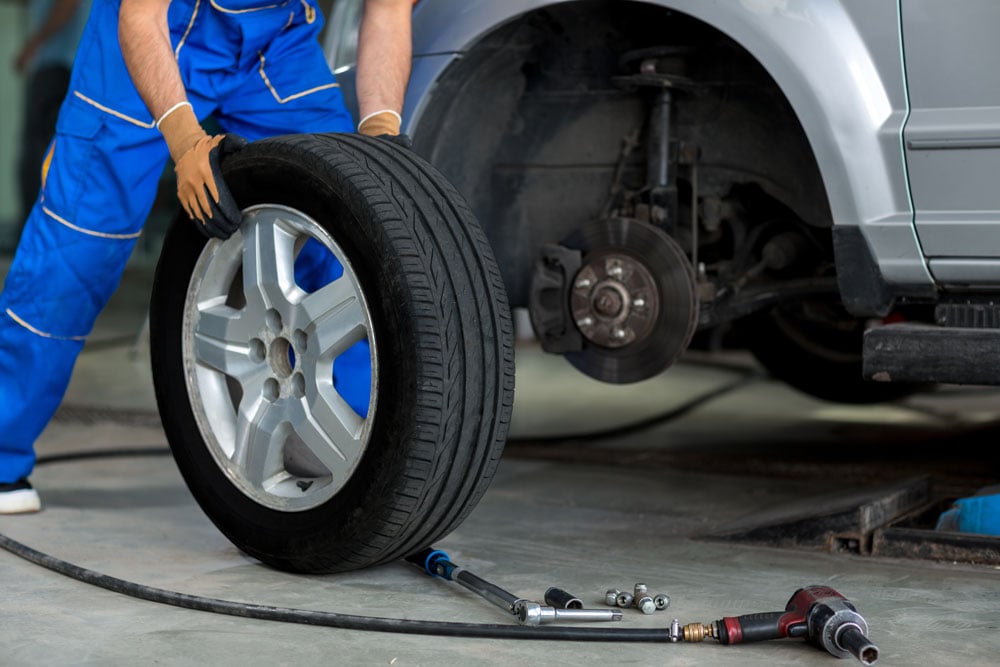
Apart from filling your tires with the right pressure, it is also important to rotate them regularly. Doing so helps to extend its life and improve performance by ensuring they wear evenly over time. Tire companies recommend a rotation once every six months, or between 10,000 to 13,000 km. When it is time for rotation, just head to your regular tire shop and they will do the necessary swap for you.
Prevent flat-spotting
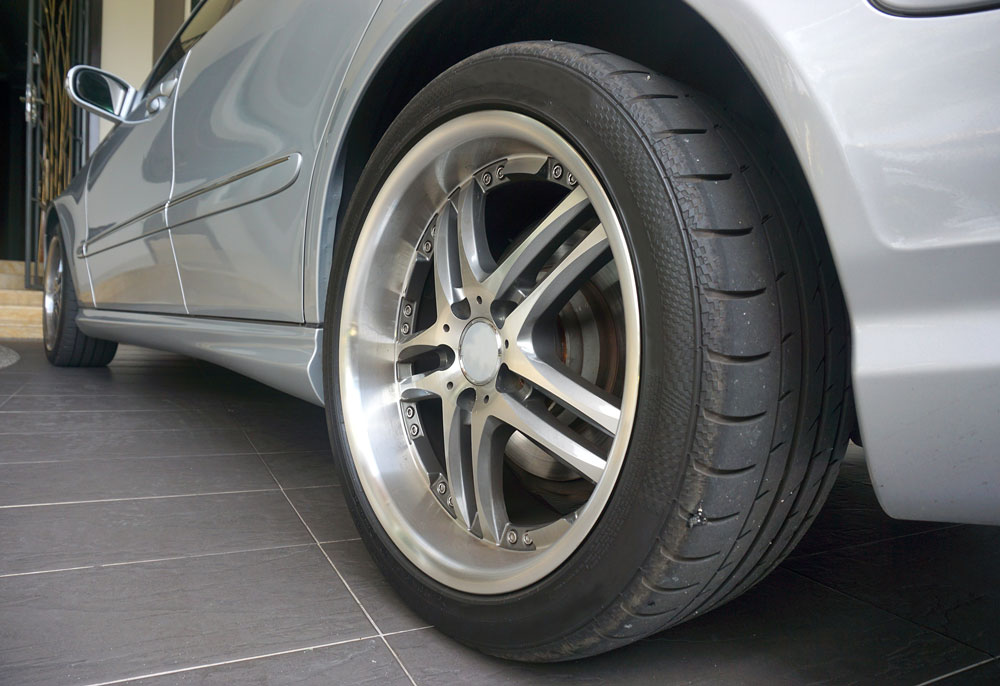
Flat-spotting happens when your tire has been left stationary under vehicle load for an extended period. However, flat-spotting itself has two types: temporary and semi-permanent. Most flat-spotting cases are temporary. This occurs when your car has been sitting stationary for weeks. It is noticeable via slight vibrations on the steering wheel during the first few kilometers which will remedy itself when the tires have reached their operational temperature.
To prevent this, before leaving your car stationary for several weeks, increase the pressure of your tires by 3 PSI. This will help to reduce the effects.
Semi-permanent flat-spotting will occur over stationary periods of a month and more. Should this happen, it is best to head to your tire specialist for advice and solutions.
Read below for more stories!
Here are six tips for a safer drive during Covid-19.
Learn more about car batteries, the myths, and how to improve its lifespan.
Looking to clean and disinfect your vehicle? Click here for tips and types of disinfectants to use!
Selling your car is now easy and straightforward. Carsome professionally, conveniently, and fast for you!
